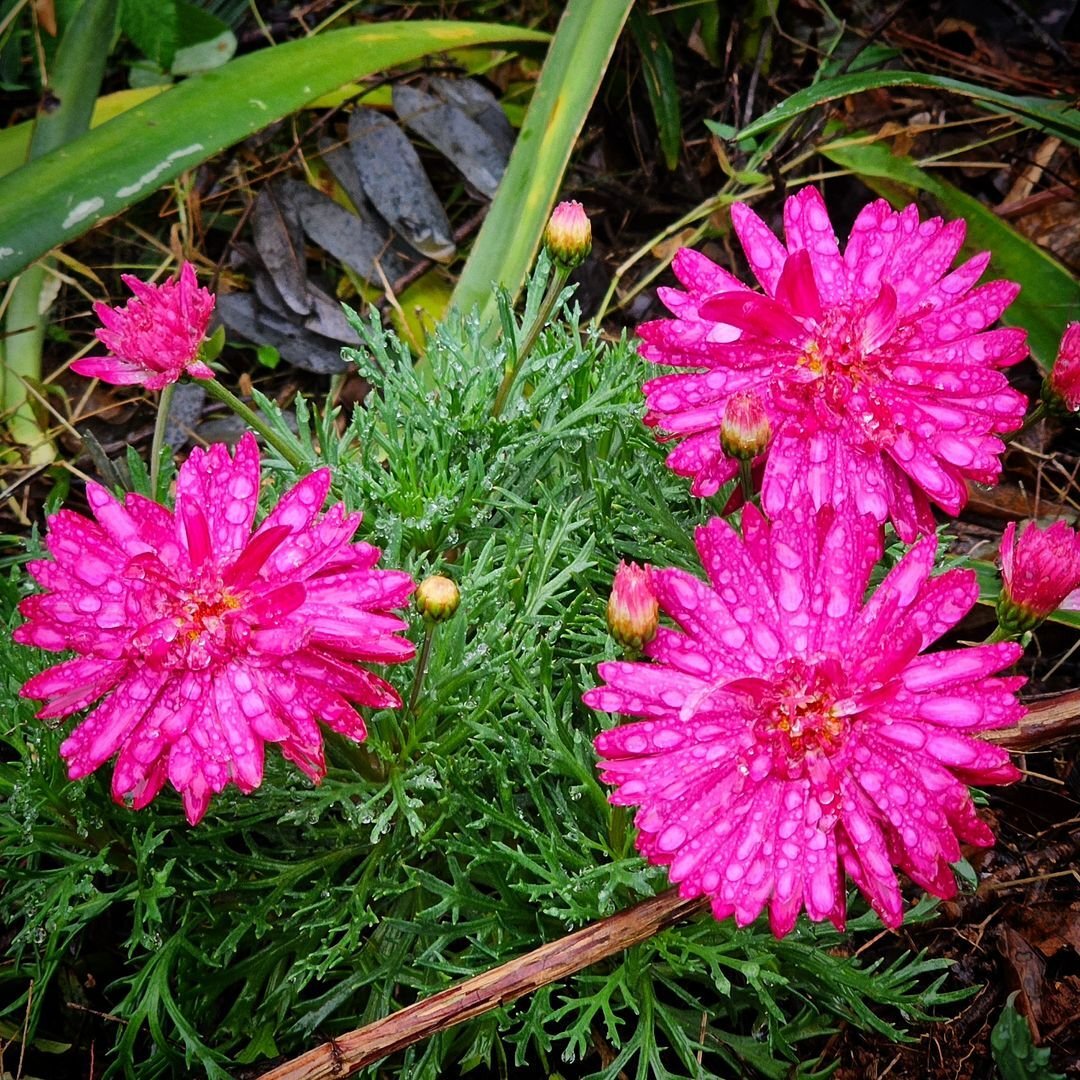Explore the beauty of Pink Gerbera Daisy! Learn expert tips on growing, caring for, and using these stunning flowers to enhance your garden or indoor space.
The Pink Gerbera Daisy, known scientifically as Gerbera jamesonii, is a vibrant flower celebrated for its cheerful colors and striking appearance. In this guide, I’ll share my expert tips on how to grow, care for, and appreciate these beautiful blooms, ensuring they flourish in your garden or home.
As a horticulturist with over a decade of experience, I can attest to the fact that Pink Gerbera Daisies are among the most popular flowers in the world. Their bright colors and long-lasting blooms make them ideal for various occasions, from gardens to floral arrangements.
Here’s an easy-to-read chart for the Pink Gerbera Daisy:
| Category | Information |
|---|---|
| Botanical Name | Gerbera jamesonii |
| Common Name | Pink Gerbera Daisy |
| Plant Type | Perennial (grown as annual in cooler zones) |
| Hardiness Zone | USDA Zones 8–11 (annual in cooler zones) |
| Sun Exposure | Full Sun to Partial Shade |
| Soil Type | Well-drained, rich, slightly acidic soil |
| Watering | Moderate; keep soil consistently moist but avoid waterlogging |
| Growth Habit | Upright |
| Height/Spread | 12–18 inches tall / 12–18 inches wide |
| Special Features | Large, bright pink blooms, long-lasting flowers, attracts pollinators, ideal for containers and cut flowers |
Characteristics of Pink Gerbera Daisies:

- Flowers: Large, daisy-like blooms that can range from soft pink to vibrant fuchsia.
- Foliage: Broad, green leaves that form a rosette at the base of the plant.
- Height: Typically grows to about 12-18 inches tall.
- Hardiness: Best grown in USDA hardiness zones 9-11, but can be grown as annuals in cooler climates.
For more detailed information on Gerbera species, visit the Missouri Botanical Garden.
Growing Pink Gerbera Daisies
Ideal Growing Conditions
To cultivate healthy Pink Gerbera Daisies, consider the following conditions:
- Light: Prefers full sun, with at least 6 hours of direct sunlight daily.
- Soil: Thrives in well-draining, nutrient-rich soil. A mix of potting soil and compost works well.
- Moisture: Enjoys consistently moist soil but dislikes standing water.
Planting Steps
- Choose a Planting Site: Look for a location with full sun exposure.
- Soil Preparation: Use a high-quality potting mix enriched with organic matter.
- Planting Process:
- Dig a hole about 2-3 times the width of the root ball.
- Place the plant in the hole, ensuring the top of the root ball is level with the soil surface.
- Backfill gently and water thoroughly to settle the soil.
For detailed planting instructions, check out the Royal Horticultural Society’s planting guide.
Caring for Pink Gerbera Daisies
Watering
- Water regularly to keep the soil consistently moist but not soggy.
- Allow the top inch of soil to dry out between waterings to prevent root rot.
Fertilizing
- Feed with a balanced, slow-release fertilizer every 4-6 weeks during the growing season (spring and summer).
- Avoid over-fertilizing, which can lead to lush foliage but fewer blooms.
Pruning
- Remove spent blooms to encourage more flowering and prevent the plant from going to seed.
- Cut back dead or damaged leaves to maintain the plant’s health and appearance.
Propagation
Pink Gerbera Daisies can be propagated through:
- Seeds: Start seeds indoors about 8-10 weeks before the last frost or sow them directly in the garden after frost.
- Division: Divide established plants in the spring or fall for propagation.
For more detailed propagation techniques, visit the University of California Cooperative Extension’s guide.
Pest and Disease Management
While generally resilient, Pink Gerbera Daisies can face a few issues, including:
- Aphids: Control with insecticidal soap or neem oil.
- Powdery mildew: Ensure good air circulation and water at the base of the plant to prevent this fungal issue.
- Root rot: Avoid overwatering and ensure proper drainage to prevent this issue.
For more information on pest management, check out the Purdue University Plant and Pest Diagnostic Laboratory.
Landscape Uses
Pink Gerbera Daisies are versatile and can be used in various ways:
- Garden Borders: Plant them in flower beds to create vibrant borders.
- Containers: They thrive in pots and make great additions to patios or balconies.
- Cut Flowers: Use them in bouquets and floral arrangements for a cheerful touch.
Environmental Benefits
- Attracts pollinators like bees and butterflies to your garden.
- Helps improve air quality indoors when grown in pots.
Learn more about the ecological benefits of flowers from the USDA Natural Resources Conservation Service.
Pink Gerbera Daisies are a stunning addition to any garden or home. With their bright blooms and ease of care, they can bring joy and color to your space. By following the tips provided in this guide, you can ensure that your Pink Gerbera Daisies thrive and provide years of beauty.
For more in-depth information on flower care, visit the American Horticultural Society.